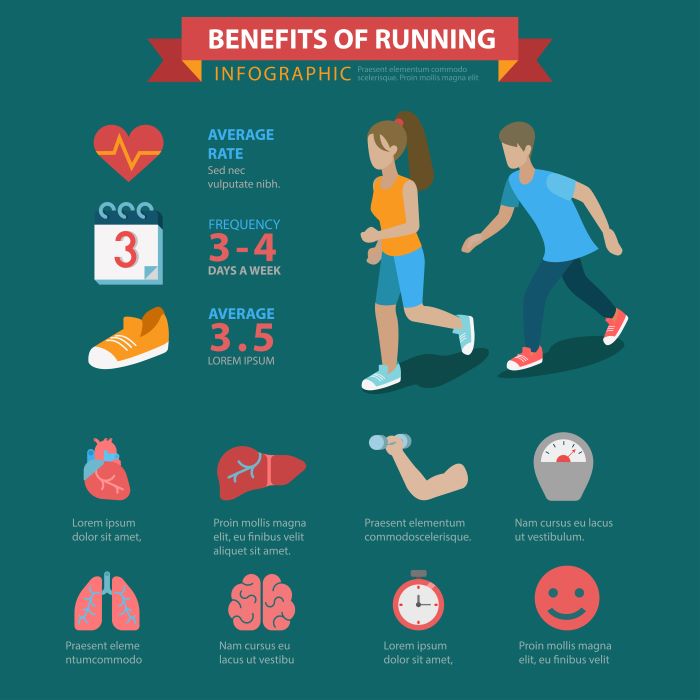To effectively match running performance and fitness in youth soccer, it is essential to understand the unique demands of the game. Youth soccer matches require players to exhibit a combination of speed, endurance, and agility. These physical attributes are not only vital for performance but also contribute to overall player development and enjoyment of the sport.
During a typical match, players may cover distances ranging from 5 to 10 kilometers, depending on their position and playing style. This distance includes various types of movements such as:
- High-intensity sprints: Short bursts of speed are common as players chase the ball or make a breakaway.
- Constant changes of direction: Soccer involves frequent lateral movements, which require agility and balance.
- Endurance running: Players must maintain a steady pace throughout the match to support their teammates and create scoring opportunities.
Understanding these demands allows coaches and parents to tailor training programs that enhance players’ match performance. Implementing specific drills that focus on aerobic conditioning, sprinting, and agility can significantly improve a young athlete’s capabilities on the field. Visit our website to learn more and get started today! Click here.
Key Factors Influencing Fitness in Young Soccer Players

Fitness in young soccer players is influenced by a variety of factors that play a crucial role in their overall performance and development. Recognizing these elements can help coaches, parents, and players themselves create more effective training strategies. Here are some of the key factors:
- Age and Development Stage: The physical development of young athletes varies significantly based on their age. Younger players may not have the same level of endurance or strength as their older counterparts, which can affect their performance during matches.
- Training Frequency and Intensity: Regular training sessions that focus on aerobic fitness, strength, and skill development are essential. The intensity and frequency of these sessions directly impact a player’s fitness level and ability to cope with match demands.
- Nutrition: A balanced diet rich in carbohydrates, proteins, and healthy fats is vital for fueling young athletes. Proper nutrition enhances recovery, boosts energy levels, and supports growth, all of which are critical for fitness.
- Rest and Recovery: Adequate rest is often overlooked but is crucial for young players. Recovery periods allow the body to repair and strengthen, helping to prevent injuries and ensure consistent performance.
- Psychological Factors: Mental fitness is just as important as physical fitness. Young players must develop resilience, focus, and a positive attitude towards their training and matches.
By addressing these factors, players can enhance their fitness levels and better prepare themselves for the physical challenges of youth soccer.
Effective Training Strategies for Youth Soccer Fitness

To optimize match running performance and fitness in youth soccer, implementing effective training strategies is essential. These strategies not only enhance physical capabilities but also prepare players mentally for the demands of the game. Here are several effective approaches:
- Interval Training: This method involves alternating between high-intensity bursts of activity and rest or low-intensity periods. For example, short sprints followed by jogging can improve both aerobic and anaerobic fitness, which is crucial for the variable pace of soccer matches.
- Small-Sided Games: Utilizing smaller teams during practice encourages more touches on the ball and increases player engagement. These games mimic match conditions and help develop tactical understanding, fitness, and teamwork.
- Strength Training: Incorporating bodyweight exercises such as squats, lunges, and planks can improve overall strength and stability. For older youth players, resistance training under proper supervision can further enhance their physical capabilities.
- Agility Drills: Exercises that focus on agility, such as ladder drills and cone sprints, enhance a player’s ability to change direction quickly. This is vital for evading opponents and positioning effectively during matches.
- Endurance Running: Establishing a baseline of aerobic fitness is essential. Long, steady runs combined with interval sessions help build the endurance necessary for sustaining performance throughout a match.
By integrating these strategies into training regimens, coaches can help young players improve their fitness levels and prepare them for the competitive nature of soccer.
Measuring Match Running Performance in Youth Players
Understanding how to measure match running performance in youth players is crucial for tailoring training programs and monitoring progress. Accurate assessments allow coaches to identify areas for improvement and ensure that players are developing their fitness effectively. Here are some key methods for measuring performance:
- GPS Tracking: Many clubs now utilize GPS devices that players wear during matches and training. These devices provide data on distance covered, speed, and even the number of sprints, giving coaches valuable insights into each player’s performance.
- Heart Rate Monitoring: By tracking heart rates during matches, coaches can gauge intensity levels and assess whether players are training within their optimal heart rate zones. This information is vital for understanding cardiovascular fitness and recovery.
- Time Trials: Conducting regular time trials over set distances allows coaches to measure improvements in speed and endurance. Comparing these results over time can indicate a player’s development.
- Match Analysis Software: Many programs analyze match footage, allowing coaches to review player movements, positioning, and overall contributions during games. This qualitative data is essential for assessing performance beyond just physical metrics.
- Player Feedback: Engaging players in discussions about their perceived exertion and fatigue can provide insights into their fitness levels and mental readiness. This qualitative approach complements quantitative data for a holistic view of performance.
By employing these measurement techniques, coaches can make informed decisions to enhance training effectiveness and ensure that youth players are progressing towards their fitness goals.
The Importance of Recovery in Soccer Training

Recovery plays a vital role in soccer training, especially for youth players who are still developing their physical and mental capabilities. Adequate recovery not only helps prevent injuries but also enhances overall performance on the field. Here are several reasons why recovery is essential in soccer training:
- Muscle Repair: Intense training sessions can lead to muscle micro-tears. Recovery allows the body to repair these tears, which is crucial for muscle growth and strength improvements.
- Energy Restoration: Soccer requires high energy output. During recovery, glycogen stores in muscles are replenished, which is necessary for maintaining energy levels in subsequent training sessions and matches.
- Injury Prevention: Insufficient recovery can lead to fatigue, increasing the risk of injuries. A well-structured recovery plan helps mitigate this risk by allowing the body to heal and adapt appropriately.
- Mental Resilience: Recovery isn’t just physical; it’s mental too. Continuous training without adequate recovery can lead to burnout and decreased motivation. Taking time to rest allows players to recharge mentally, improving their focus and enthusiasm for the game.
- Performance Enhancement: Proper recovery strategies, such as sleep, hydration, nutrition, and active recovery sessions, can significantly enhance subsequent performance. Players who prioritize recovery tend to perform at higher levels during matches.
Incorporating effective recovery strategies into training regimens helps young athletes maintain their health, improve their performance, and develop a sustainable approach to their soccer careers.
Building a Supportive Environment for Young Athletes

Creating a supportive environment for young athletes in soccer is crucial for their development and overall enjoyment of the sport. A positive atmosphere not only fosters better performance but also cultivates a love for the game, encouraging players to pursue their passion. Here are key elements to consider when building this supportive environment:
- Encouragement from Coaches: Coaches play a pivotal role in shaping the experiences of young athletes. Providing constructive feedback, celebrating small victories, and recognizing individual progress can boost players’ confidence and motivation.
- Parental Involvement: Supportive parents can make a significant difference in a young athlete’s journey. Encouraging parents should focus on their child’s enjoyment of the game rather than solely on winning, helping to reduce pressure and anxiety.
- Peer Support: Building camaraderie among teammates fosters a sense of belonging. Encouraging teamwork, collaboration, and mutual respect can create lasting friendships and a more enjoyable experience on and off the field.
- A Safe Space for Growth: Young athletes should feel safe to express themselves and make mistakes. Establishing an environment where athletes can learn, grow, and experiment without fear of harsh criticism is essential for their development.
- Access to Resources: Providing access to training resources, recovery tools, and educational materials can empower young athletes to take charge of their development. Workshops on nutrition, mental health, and injury prevention can be beneficial.
By fostering a supportive environment, we can ensure that young athletes thrive both on the pitch and in their personal lives. Visit our website to learn more and get started today! Click here.


